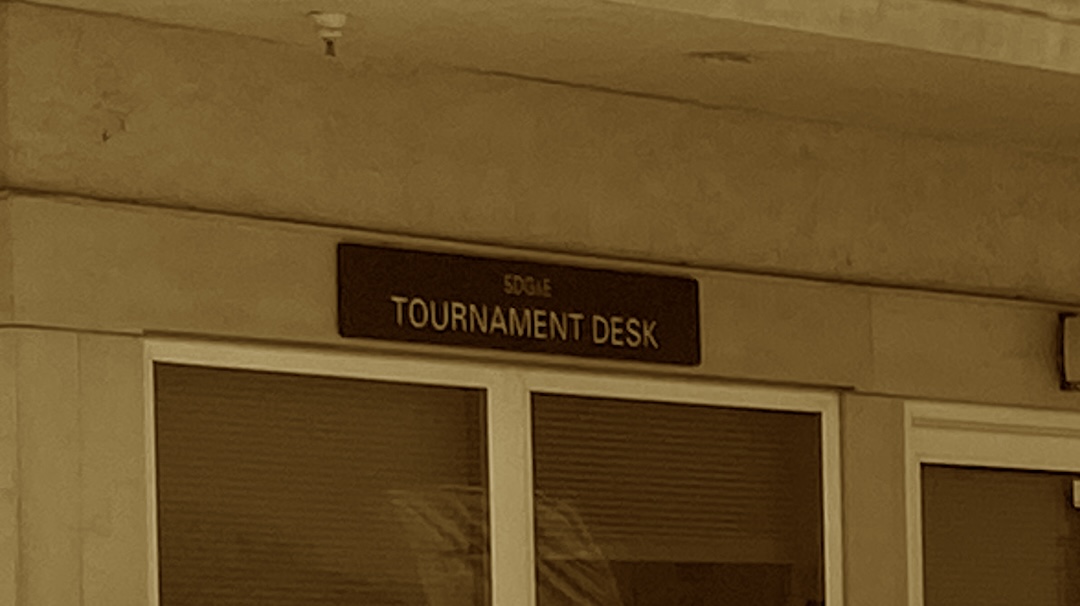When the umpire I gave birth to was still playing junior tennis and was willing to hit with me on the courts at the park adjacent to our house, our senses were frequently assaulted with the tantalizing aromas of burgers being cooked in one of the picnic areas. Various approaches for appropriating burgers were discussed on more than one occasion. Should we have ever succumbed to the temptation, the headline would have gone something like “Two Crazed Women Wielding Tennis Racquets Assault Man Grilling Burgers in Local Park.”
I am relieved to discover that there is nothing specifically in the rules prohibiting one from using the tennis racquet in order to liberate a burger. Probably there are rules in other jurisdictions that would be applicable, however. For the purpose of this discussion the salient question is whether the racquet would be an effective weapon. The secondary question would be exactly what prompted the general theme of this essay. We will get to that.
It occurs to me that my previous posts on the specification for the racquet in the rules of tennis have failed to provide the restrictions on the dimensions of the racquet. The maximum length of the racquet is 29 inches and the maximum width of the frame is 12.5 inches. The maximum length of the hitting surface is 15.5 inches and the width is 11.5 inches. The tennis racquet is an object that can definitely deliver blunt force trauma.
Appendix II section d indicates that the racquet cannot have any attached object, protrusion, or device which alters the movement of inertia about the principal axis or materially changes its shape. My engineer brain immediately envisions a tennis racquet nunchuk like constriction with a chain between the handle and the head of the racquet. It would be impossible to control, but I would pay cash money to watch people try.
String dampeners are permitted, but must be placed outside the pattern of the strings. My understanding that the dampener can be in contact with but not crossing the lowest string in the pattern. If that is an incorrect interpretation, then one day an umpire is going to have to tell me to slide it down a little bit.
The specification also indicates that devices used to prevent wear and tear to the frame or distribute weight are allowed. This would include lead tape applied directly to the frame as well as protective tape used over the head of the racquet to preserve the frame and bumpguards for players like myself who use their racquets as a cane when recovering position after each failed poaching attempt.
- United States Tennis Association (2020) Friend at Court. White Plains, NY



